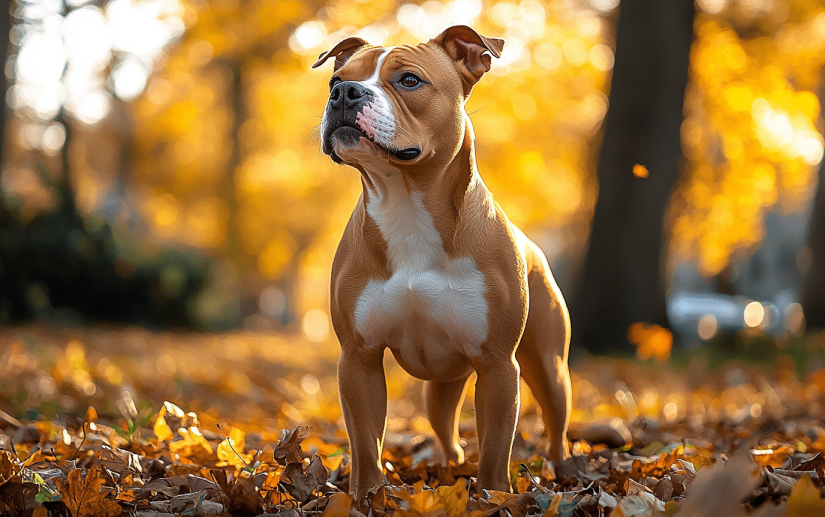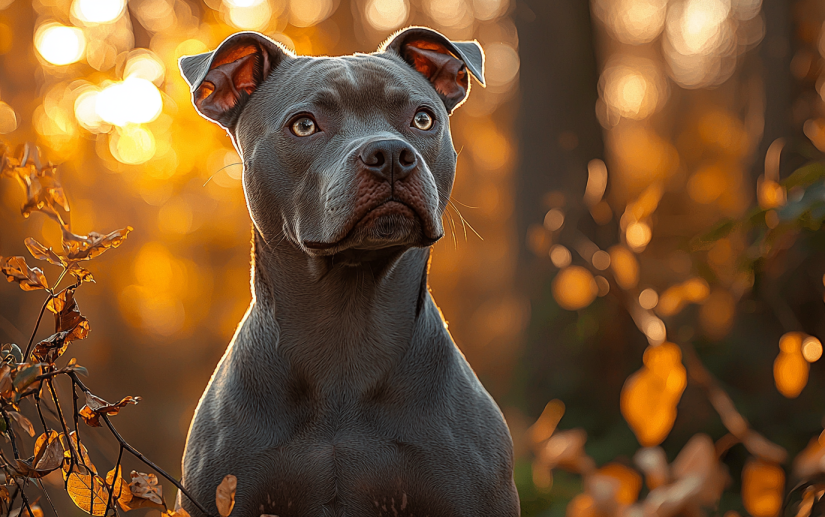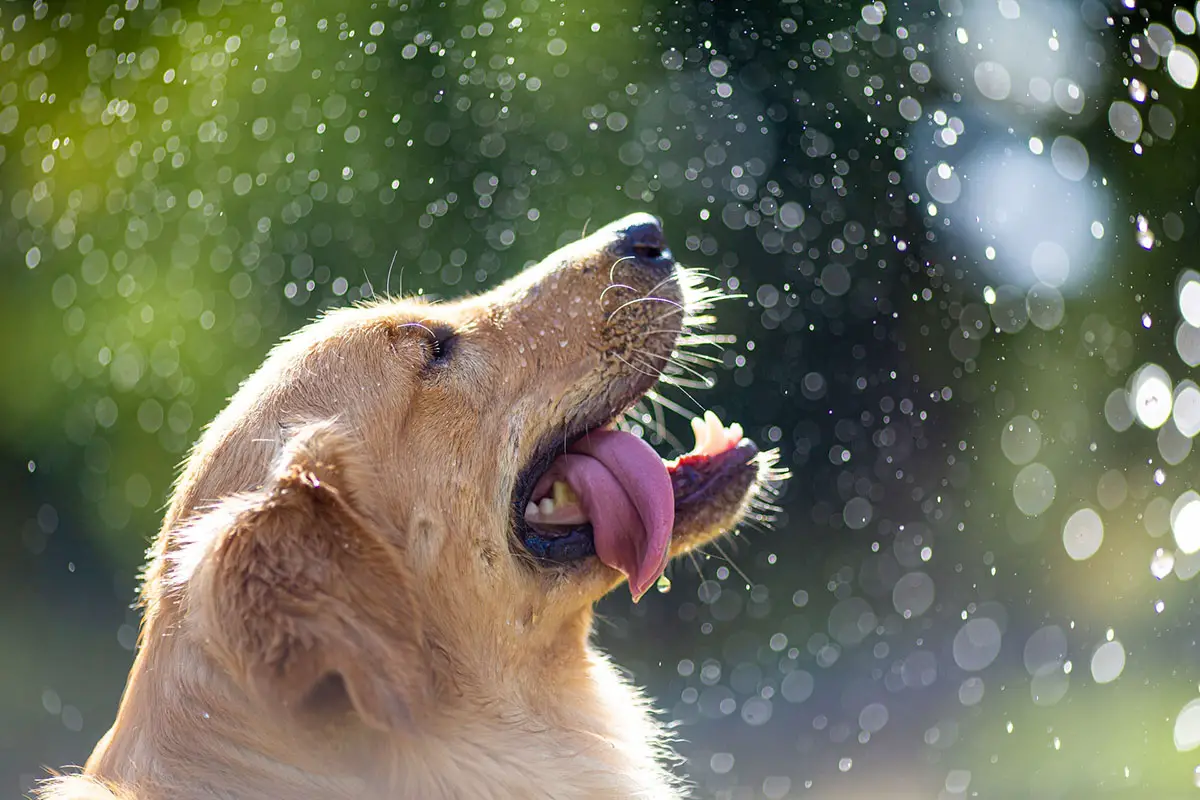Understanding the Types of Dog Aggression
Not all aggressive behavior stems from the same root cause. Understanding the different types of aggression is crucial in determining the most effective training approach. Below are some common forms of aggression found in dogs:
Fear-Based Aggression
Fear aggression occurs when a dog feels threatened. This type of aggression is a defense mechanism; the dog lashes out to protect itself. Dogs may become aggressive when cornered or startled, especially if they feel they have no escape route. Fear-based aggression is often triggered by previous negative experiences, particularly with people or other dogs.
Territorial Aggression
Dogs are naturally territorial animals, and they may display aggressive behavior when they perceive someone or something invading their space. This can be common with unfamiliar guests in the home or other animals entering their territory. Guard dogs are especially prone to this form of aggression as they instinctively defend what they see as their “property.”
Social Aggression
Social aggression usually arises in situations where a dog is competing for social rank. This type of aggression is often seen in multi-dog households where dogs are trying to establish dominance over one another. The competition can lead to aggressive outbursts, which may be dangerous if left unchecked.
Possessive Aggression
Dogs may become aggressive when they feel someone is threatening to take away something they value, such as food, toys, or even a favorite person. This possessive aggression is sometimes referred to as “resource guarding.” It’s crucial to address this behavior early on, as it can escalate into more severe aggression if not managed properly.
Common Causes of Aggression in Dogs
To effectively train an aggressive dog, it’s important to understand the root causes behind the behavior. Here are some of the most common factors that can lead to aggression:
Fear and Anxiety
Many aggressive dogs are reacting out of fear. When they feel threatened or uncomfortable, they may act out in aggression as a way to protect themselves. This behavior is often a learned response from past traumatic experiences.
Lack of Socialization
Dogs that are not properly socialized as puppies may have a harder time interacting with other animals or humans. Without positive early exposure to various people, places, and situations, dogs may develop fear or mistrust, leading to aggressive behaviors in unfamiliar environments.
Medical Issues
Sometimes, aggression can be a sign of an underlying health problem. Dogs that are in pain or suffering from medical issues like thyroid imbalance, neurological problems, or vision loss can become more aggressive as a way to cope with their discomfort.
Past Trauma or Neglect
Dogs that have experienced neglect, abuse, or poor treatment in their previous homes are at a higher risk of developing aggressive tendencies. This is particularly common in rescue dogs that come from difficult backgrounds. Such dogs may associate certain people, objects, or environments with their past trauma, triggering aggressive responses.
Recognizing the Warning Signs of Aggression

Aggression rarely comes out of nowhere. There are often early warning signs that, if recognized, can help you prevent an aggressive incident before it happens. Knowing these signs allows you to intervene and manage the situation calmly.
Early Signs of Aggression
Some early indicators of aggression include growling, snarling, or barking in response to specific stimuli, such as a person approaching or another dog coming too close. Subtle body language changes, like stiffening or raising the hackles, can also be precursors to more aggressive behavior.
Behavior Patterns
Aggression often escalates if it’s not addressed early. A dog that starts with low-level growling or snapping may eventually begin lunging or biting if the behavior is allowed to continue unchecked. Paying attention to these early signs can save you from dealing with more serious aggression later on.
Step-by-Step Guide to Training an Aggressive Dog
Training an aggressive dog requires patience, consistency, and the right approach. Below are steps and techniques that can help manage and reduce aggressive behavior over time:
Positive Reinforcement Techniques
Positive reinforcement is the backbone of effective aggression training. This method involves rewarding your dog for calm and non-aggressive behavior rather than punishing them for aggression. Treats, praise, or play can be used as rewards when your dog behaves calmly in situations that would typically trigger aggression.
By using positive reinforcement, you’re teaching your dog that good things happen when they stay calm, which can help change their behavior over time.
Desensitization and Counter-Conditioning
Desensitization involves exposing your dog to the source of their aggression in a controlled and gradual manner. For instance, if your dog is aggressive toward strangers, start by exposing them to strangers at a distance where they feel comfortable. Gradually decrease the distance as your dog becomes more relaxed.
Counter-conditioning works alongside desensitization by teaching your dog a new, positive response to what previously triggered aggression. For example, if your dog is fearful of other dogs, rewarding calm behavior when another dog is near helps them associate other dogs with positive experiences.
Using Tools Like Muzzles and Harnesses Safely
Muzzles, harnesses, and other training tools can be beneficial when managing an aggressive dog, especially in public settings. A properly fitted muzzle can prevent biting, while a no-pull harness can give you better control over a strong, aggressive dog. However, these tools should be used as part of a broader training plan, not as a sole solution to aggression.
Creating a Safe and Structured Environment
Dogs thrive in structured environments where they understand what’s expected of them. Setting clear rules and boundaries is critical for an aggressive dog. Limiting exposure to triggers in the early stages of training can help them adjust. Gradually introduce more challenging situations as their behavior improves.
Preventing Dog Aggression from Developing
Prevention is often the best cure when it comes to dog aggression. By focusing on early socialization and building trust, you can greatly reduce the chances of your dog developing aggressive tendencies later on.
Early Socialization Strategies
Puppies that are exposed to a variety of people, dogs, and environments during their early development are less likely to become aggressive as adults. Puppy socialization classes, visits to dog parks, and controlled interactions with other pets can all play a role in preventing aggression.
Building Trust and Confidence
Many dogs act aggressively because they lack confidence or feel insecure. Building your dog’s confidence through training, positive experiences, and trust-building exercises can prevent aggression from ever surfacing. Regular obedience training and mental stimulation can also boost your dog’s confidence.
Aggression Towards Other Dogs: How to Manage It

Aggression toward other dogs is a common issue, but it can be managed with the right techniques. Below are some key strategies for controlling dog-on-dog aggression:
Leash Training for Aggressive Dogs
Leash reactivity is a frequent problem among aggressive dogs. To manage this, work on calm walking techniques that reward your dog for staying calm when other dogs are near. Use distractions, such as treats or toys, to divert your dog’s attention when another dog is approaching.
Managing Dog Interactions in Public
If your dog has a history of aggression toward other dogs, it’s important to manage interactions in public settings carefully. Avoid off-leash areas until you’re confident in your dog’s behavior, and always keep them on a sturdy leash with proper control measures. Controlled meet-and-greets in safe environments can help your dog build positive associations with other dogs over time.
READ ALSO: Dog Dominance Behavior: Training, Causes, and Management
When to Seek Professional Help
Sometimes, dog aggression requires the assistance of a professional. If your dog’s aggressive behavior seems out of control or you’ve tried training methods without success, it may be time to seek help.
Signs That Require a Professional Trainer
If your dog’s aggression has escalated to dangerous levels, such as biting people or other animals, or if their behavior doesn’t improve after consistent training, it’s wise to consult a professional. Aggression that is unpredictable or has worsened despite your best efforts also warrants expert attention.
How to Choose the Right Dog Trainer
When looking for a professional, make sure to choose someone with experience in aggressive behavior. Certified trainers or behaviorists who use positive reinforcement and evidence-based methods will offer the most effective solutions. Avoid trainers who rely on punishment-based techniques, as these can often make aggression worse.
Common Mistakes in Dog Aggression Training

Training an aggressive dog can be a delicate process, and it’s easy to make mistakes that could hinder progress or even make the situation worse. Avoiding these common pitfalls is crucial for successful training and creating a safer environment for both your dog and those around them.
Using Punishment-Based Techniques
One of the most common mistakes in aggression training is relying on punishment-based methods. Punishing a dog for aggressive behavior can escalate their fear and anxiety, potentially increasing their aggression. Instead, focus on positive reinforcement, rewarding calm behavior and gradually desensitizing your dog to triggers.
Inconsistent Training Methods
Consistency is key in dog training. Inconsistent responses to aggression, such as varying between punishment and rewards or having different rules in the household, can confuse your dog and delay progress. Establish a clear, consistent training routine and ensure that everyone in the household is on the same page.
Ignoring Medical Issues
Sometimes aggression is a symptom of an underlying medical condition. If your dog’s aggression is sudden or has worsened without an apparent trigger, it’s essential to have them evaluated by a veterinarian. Conditions such as pain, neurological disorders, or hormonal imbalances can contribute to aggressive behavior.
Failing to Address Root Causes
Training that only addresses the surface behavior of aggression without understanding and addressing the root cause is often ineffective. Ensure you are considering factors like fear, lack of socialization, or past trauma. Addressing these underlying issues can lead to more lasting and effective changes in behavior.
Overexposing the Dog to Triggers
Introducing your dog to their triggers too quickly or at too high of an intensity can backfire and increase their aggression. Instead, use gradual desensitization, starting with low-level exposure to triggers and slowly increasing the intensity as your dog becomes more comfortable.
Neglecting Socialization
Effective aggression training often involves improving a dog’s socialization skills. Failing to provide opportunities for positive interactions with other dogs and people can perpetuate aggression. Regular, controlled socialization experiences are important for building a dog’s confidence and reducing aggressive tendencies.
Relying Solely on Tools and Equipment
While tools like muzzles and harnesses can be useful in managing aggression, they should not be the sole focus of training. These tools are temporary aids and do not address the root cause of aggression. Combine their use with comprehensive training techniques that address behavioral issues at their core.
Ignoring Professional Help When Needed
Finally, attempting to handle severe aggression issues without professional help can lead to frustration and potentially dangerous situations. If your dog’s aggression is severe or does not improve with your efforts, seeking help from a qualified dog behaviorist or trainer is crucial for safety and effective resolution.
Conclusion
Training an aggressive dog can be challenging, but it is not impossible. With the right understanding of the causes and types of aggression, along with proven training methods like positive reinforcement, desensitization, and professional guidance, you can help your dog overcome their aggressive tendencies.
Remember, patience and consistency are your greatest allies. Aggression is not something that can be fixed overnight, but with dedication and the proper approach, long-term success is achievable. By addressing aggression, you are not only improving your dog’s quality of life but also ensuring the safety of others, creating a more harmonious environment for everyone involved.





